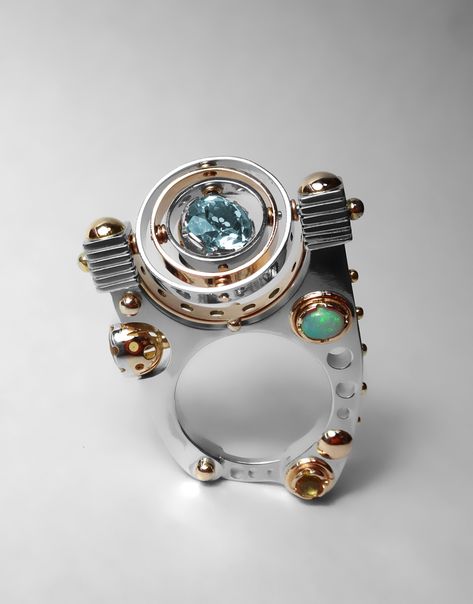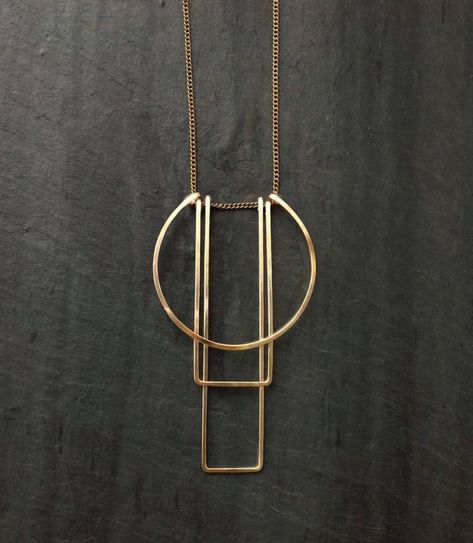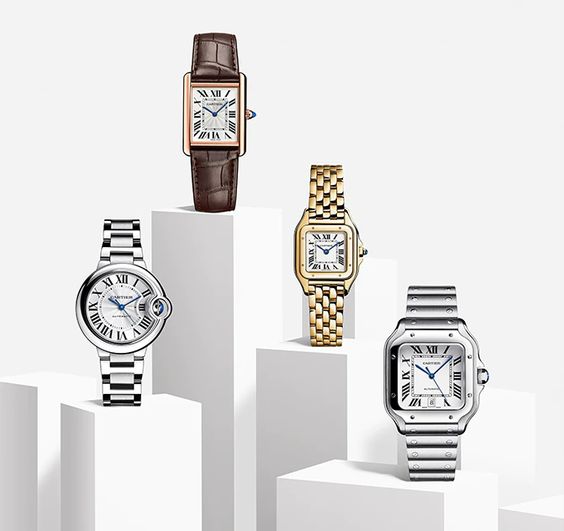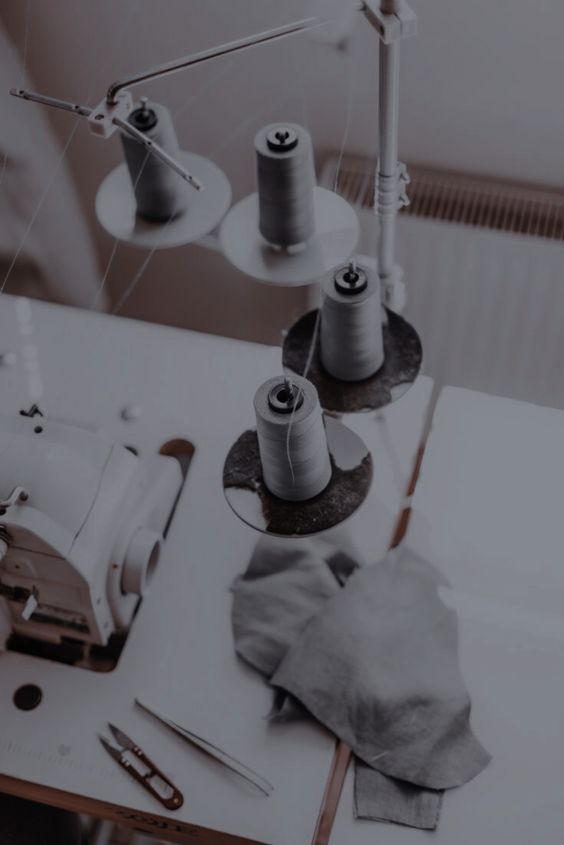Modern Jewelry Design: The Role of Technology
Jewelry design has transformed significantly in the modern era, thanks to the pivotal role played by technology. With the advent of advanced tools and techniques, jewelry designers now have endless possibilities to explore and create unique pieces.
From computer-aided design (CAD) software to 3D printers, technology has revolutionized the way jewelry is conceived, developed, and manufactured. This blog will delve into the various ways in which technology is reshaping the world of modern jewelry design and how it is enabling designers to push the boundaries of creativity.
The evolution of jewelry design
The evolution of jewelry design has been greatly influenced by the advancements in technology. In the past, jewelry design involved primarily handcrafting techniques. However, with the introduction of technology, designers now have access to innovative tools and methods. This access gives rise to modern jewelry design.
Computer-aided design (CAD) software has become a crucial tool for jewelry designers. It allows them to create intricate and detailed designs, which can be easily modified and customized. CAD software also enables designers to visualize their creations in a three-dimensional format before they are brought to life.
Additionally, 3D printing has revolutionized jewelry manufacturing. This technology allows designers to print physical prototypes of their designs, speeding up the production process and minimizing material wastage. It also gives designers the opportunity to experiment with unconventional materials and shapes, resulting in unique and avant-garde jewelry pieces.
Overall, technology has not only made jewelry design more efficient but has also expanded the possibilities for creativity and innovation within the industry. In the next section, we will explore how technology has influenced the materials used in modern jewelry design. Stay tuned!
The impact of technology on modern jewelry design

In this section, we will delve into the impact of technology on modern jewelry design. Technology has not only transformed the design process but has also revolutionized the materials used in creating jewelry pieces.
One of the notable advancements is the introduction of new materials that were previously not commonly used in jewelry making. For example, titanium and stainless steel are now popular choices due to their durability and resistance to tarnishing. These materials are often combined with traditional ones, such as gold and silver, to create striking and unique designs.
Furthermore, technology has allowed for the development of lab-grown gemstones, such as diamonds and sapphires. These stones have the same chemical and physical properties as their natural counterparts but are more sustainable and often more affordable. This has opened up new possibilities for designers to create stunning pieces while reducing the environmental impact of the industry.
In addition to new materials, technology has also improved the quality and precision of gemstone cutting. Laser cutting and 3D scanning techniques ensure that gemstones are shaped and faceted with meticulous accuracy, enhancing their brilliance and sparkle.
Overall, technology has had a profound impact on the materials used in modern jewelry design, leading to a wider range of options for both designers and consumers. In the next section, we will explore how technology has influenced the design aesthetics of modern jewelry. Stay tuned!
Incorporating CAD and 3D printing in the design process
One of the most significant ways technology has influenced modern jewelry design is through the incorporation of computer-aided design (CAD) software and 3D printing in the design process.
CAD software allows designers to create intricate and detailed designs with precision and efficiency. It provides the ability to visualize and modify designs in three dimensions, helping designers bring their creative visions to life. Additionally, CAD software enables designers to experiment with different shapes, sizes, and configurations before finalizing a design, saving time and resources.
With the advent of 3D printing, jewelry designers can now transform their virtual designs into physical prototypes. This technology allows for the production of highly customized and unique pieces with intricate details that are difficult to achieve through traditional jewelry-making methods. It also enables designers to create complex structures that were once considered impossible to craft by hand.
Incorporating CAD and 3D printing in the design process has not only expanded the creative possibilities for designers but has also improved the efficiency and accuracy of the manufacturing process. It has revolutionized the way jewelry is made, making it more accessible, customizable, and innovative.
In the next section, we will explore how technology has also influenced the marketing and retailing of modern jewelry. Stay tuned to learn about the exciting developments in this area!
5Enhancing creativity and efficiency with technology
In addition to the advancements made in the modern jewelry design process, technology has also had a profound impact on the creativity and efficiency of jewelry designers. With the integration of software tools and high-tech equipment, designers now have the ability to push the boundaries of their creativity like never before.
One notable technology that has enhanced creativity in jewelry design is virtual reality (VR). By utilizing VR headsets and software, designers can immerse themselves in a virtual world and create 3D models in real-time. This allows them to manipulate designs and experiment with different materials and textures, ultimately leading to the creation of unique and visually stunning pieces.
Another area where technology has significantly improved efficiency in the modern jewelry design is in the production process. Automated techniques, such as laser cutting and engraving, have replaced traditional manual methods, resulting in faster and more precise manufacturing. This not only reduces production time but also minimizes errors, resulting in higher quality and more consistent products.
Furthermore, the integration of technology in jewelry design has also opened up opportunities for collaboration and customization. With the help of online platforms and e-commerce websites, customers can now work directly with designers to create personalized pieces that reflect their individual style and preferences. This level of customization was previously unimaginable, but technology has made it a reality.
In conclusion, technology continues to play a crucial role in modern jewelry design. From enhancing creativity and efficiency to enabling customization and collaboration, technology has revolutionized the industry in countless ways. As we dive into the next section, we will explore how technology has influenced marketing and retailing in the world of modern jewelry. So, stay tuned for more exciting developments!
Embracing sustainability through technology

The integration of technology in modern jewelry design not only enhances creativity and efficiency but also paves the way for embracing sustainability. In recent years, the jewelry industry has been facing increasing pressure to address environmental concerns and promote ethical practices. Thankfully, technology has provided innovative solutions to meet these challenges.
One way technology promotes sustainability is through the use of recycled materials. Designers can now utilize computer-aided design (CAD) software to create intricate pieces using recycled metals and gemstones. This not only reduces waste but also minimizes the need for mining new resources, ultimately lowering the industry’s carbon footprint.
Additionally, technology has revolutionized the jewelry production process to be more environmentally friendly. Advancements in manufacturing techniques have facilitated the use of eco-friendly materials and reduced energy consumption. For example, 3D printing enables designers to create intricate designs using biodegradable and sustainable materials.
Moreover, technology has also allowed designers and retailers to track the origins of gemstones and ensure ethical sourcing. Blockchain technology, for instance, provides transparency in the supply chain, allowing consumers to verify the legitimacy and ethical practices involved in the production of their jewelry.
It is evident that technology is not only revolutionizing design but also driving sustainability in the jewelry industry. By embracing these advancements, designers can create beautiful and sustainable pieces without compromising on style or quality. In the next section, we will delve into the impact of technology on marketing and retailing in the world of modern jewelry. Stay tuned for more insights!
The future of jewelry design in the digital age
As we have seen, technology has already had a significant impact on the field of modern jewelry design, but what does the future hold for this industry in the digital age? The possibilities are truly exciting.
One aspect we can expect to see more of is personalized jewelry. With advancements in 3D printing and CAD software, it is becoming increasingly feasible for customers to have custom-made pieces designed specifically for them. This level of personalization allows for a deeper connection with the jewelry and adds a unique touch to every piece.
Furthermore, virtual reality (VR) and augmented reality (AR) technologies are likely to play a significant role in the future of jewelry design. Imagine being able to virtually try on different pieces of jewelry without leaving your home or attending a physical store. VR and AR have the potential to completely transform the way we interact with and experience jewelry.
Lastly, artificial intelligence (AI) is another area that holds great promise for the future of jewelry design. AI algorithms can analyze vast amounts of data and consumer preferences to create innovative designs that are perfectly tailored to specific target markets. This not only saves time and resources but also ensures the production of jewelry pieces that are more likely to resonate with customers.
In conclusion, the digital age brings endless possibilities for the future of jewelry design. With personalized jewelry, virtual reality experiences, and the involvement of artificial intelligence, the industry is set to undergo further transformations. As designers and consumers, it is an exciting time to be a part of the modern jewelry landscape. Stay tuned for the next blog section where we will explore the evolving role of technology in jewelry marketing and retailing.
Embrace the power of technology in jewelry design
In conclusion, the role of technology in modern jewelry design cannot be underestimated. With advancements in 3D printing, CAD software, virtual reality, augmented reality, and artificial intelligence, the industry is poised for even greater transformations. The ability to personalize jewelry and create custom-made pieces adds a unique touch and deeper connection for customers. Virtual reality and augmented reality technologies offer the convenience of trying on jewelry virtually, revolutionizing the shopping experience.
Artificial intelligence algorithms can analyze consumer preferences, resulting in innovative designs that resonate with specific target markets. By embracing the power of technology, jewelry designers and consumers alike can fully explore the endless possibilities that the digital age has to offer. Stay tuned for the next blog section where we will delve into the evolving role of technology in jewelry marketing and retailing.








